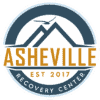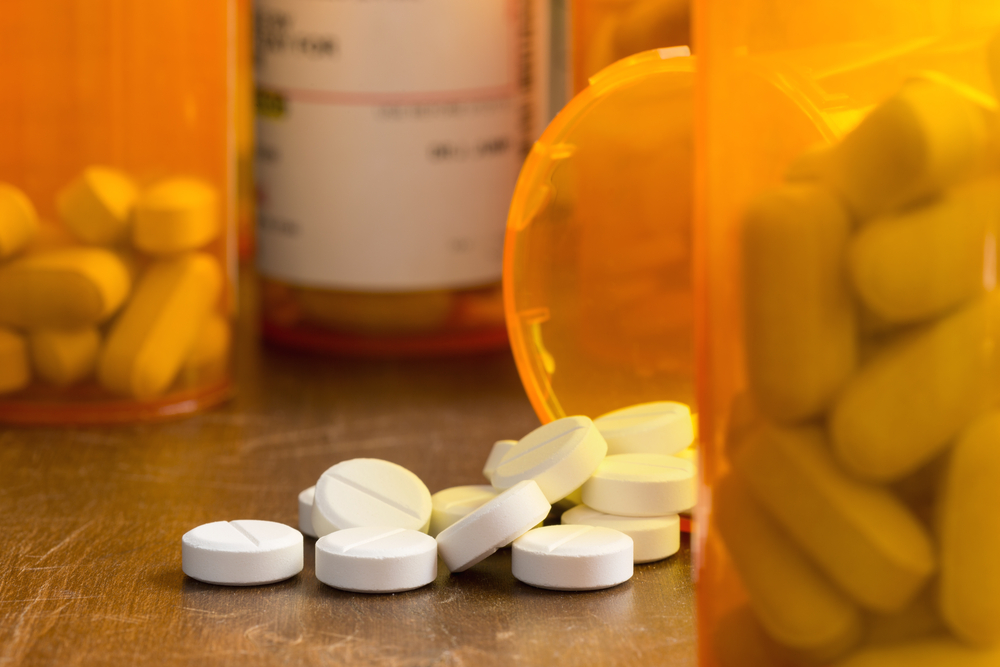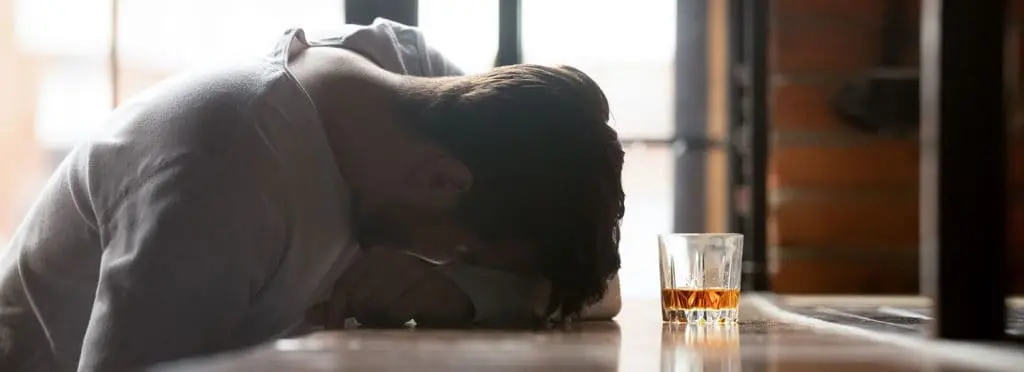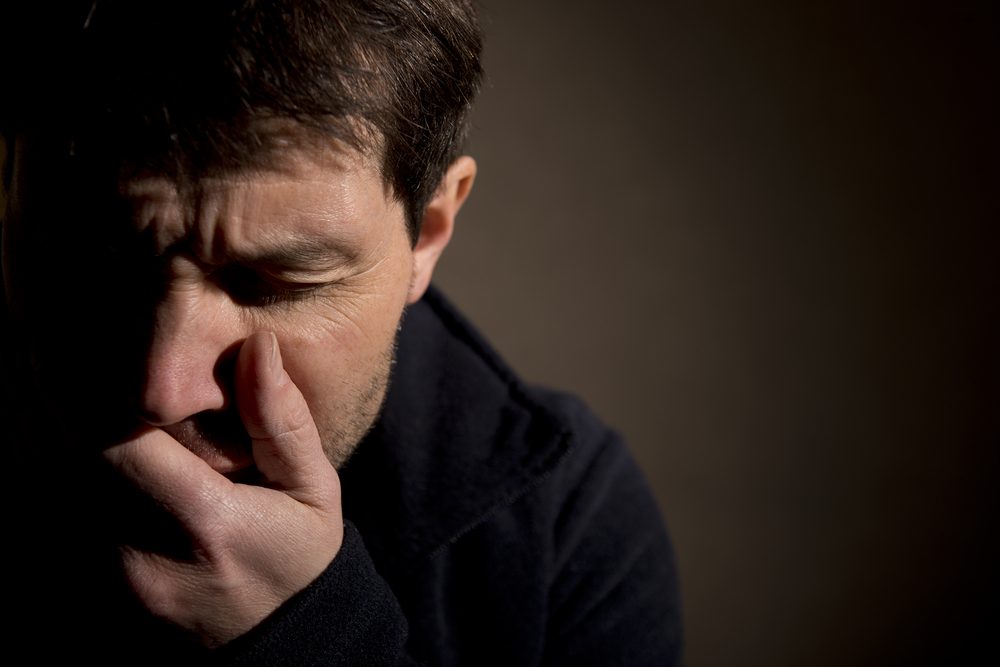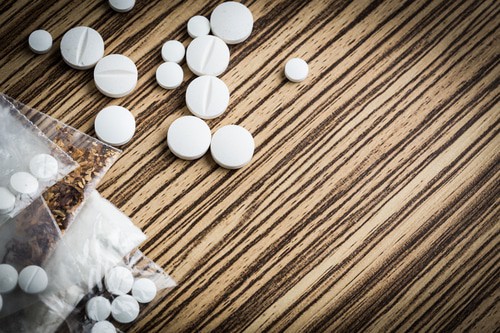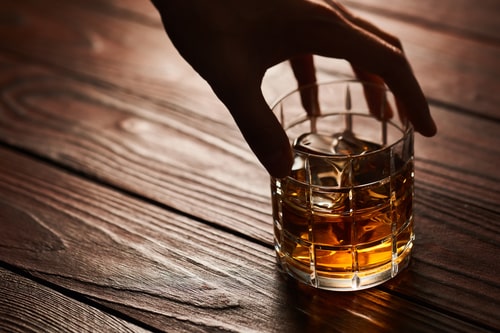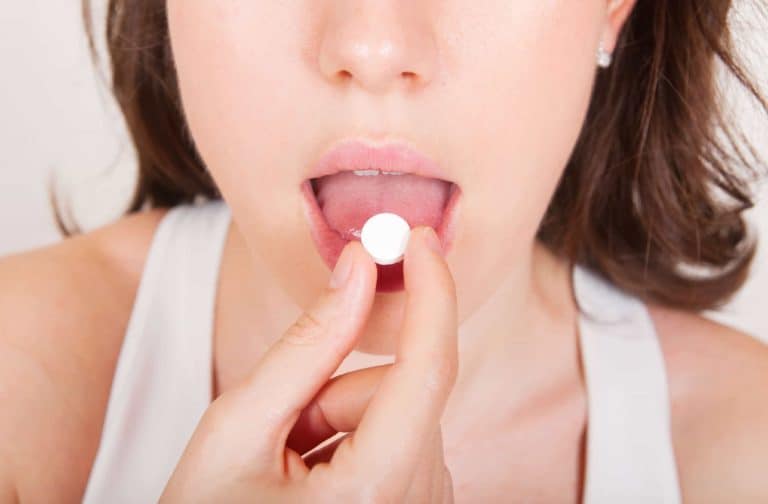There are risks associated with the use of both alcohol and Ritalin. However, when Ritalin is used as prescribed, there is a limited likelihood of serious side effects. Similarly, if you drink in moderation, you’re unlikely to experience significant problems. When you mix Ritalin and alcohol, there’s an increased chance that you will experience negative effects. To avoid the risks associated with mixing the two substances, seek the help of an addiction treatment professional.
Ritalin Explained
Ritalin is a prescription drug that’s used to treat symptoms relating to attention deficit hyperactivity disorder. The active ingredient is methylphenidate and it’s usually prescribed for daily use. When used in conjunction with therapy, Ritalin may improve an individual’s ability to think clearly, boosts self-esteem and supports social interaction. There are therefore clear benefits to its use. The challenge comes when the drug is abused.
Ritalin Abuse
Since Ritalin is a stimulant, it is often abused. It increases focus and alertness, decreases appetite, and causes a feeling of euphoria. When Ritalin is abused, it is usually by people who sourced it illegally. People who have been diagnosed with ADHD rarely abuse the drugs they have been prescribed. Ritalin tends to have a different effect on individuals with ADHD so the urge to abuse the drug is reduced.
That being said, individuals who abuse Ritalin usually get it from friends or relatives who have prescriptions. Some buy the pills while others steal them. Some people even go to doctors and pretend to have ADHD so they can get a prescription. Ritalin can also be procured on the street.
This drug can be used in a variety of ways. Many people simply swallow the pill as it comes. However, some users crush it into a powder and snort it. When a drug is taken in this way, it gets into the bloodstream faster than if it goes through the digestive system. Some users also dissolve the pills in water and inject the liquid.
Ritalin abuse is common among teens and young adults who are in school. They believe that the drug will help them to cram for exams or get their papers finished. Despite this belief, research shows that students who prescription stimulants in this manner often perform worse than those who don’t use drugs.
When Ritalin is misused, overdose is possible. Symptoms of Ritalin overdose include:
- Shaking
- Vomiting
- Seizures
- Sweating
- Fever
- Muscle twitching
- Rapid heartbeat
- Agitation
Alcohol Abuse
Alcohol use is widespread but it can have significant effects in the brain. Short term abuse may alter mood and behavior, reduce inhibitions, and impair motor function. Over the long term, it can have significant health consequences including:
- Stroke
- Liver disease
- Irregular heartbeat
- Increased blood pressure
- Pancreatic problems
- Heightened risk of cancer
Any time that drinking affects one’s life in a negative way, it is classified as an alcohol use disorder. These disorders range from binge drinking to full dependency. Millions of Americans struggle with alcohol use disorders and many combine alcohol with other substances.
Mixing Alcohol and Ritalin
It is never safe to mix Ritalin and alcohol but people who use Ritalin recreationally often do just that. It is important to note that alcohol is a depressant while as we mentioned before, Ritalin is a stimulant.
Therefore, some people use one substance to counteract the effects of the other. For example, a person who wants to party for an extended period may use Ritalin to ward off the sedative effects of alcohol. However, this may result in overdrinking that leads to alcohol poisoning, especially in people under the age of 21.
It can be hard to predict how the two substances will interact. Sometimes the user’s heartbeat increases to dangerous levels or their blood pressure rises. Mood and sleep can also be negatively affected.
Some people who combine both substances also experience increased anxiety and this can result in additional self-medication. A cycle of drug abuse can begin and it can be very hard to break.
Using alcohol with Ritalin also causes more of the latter to be released into the blood and the user can quickly become physically dependent. This means they are likely to experience uncomfortable withdrawal symptoms when they stop using either Ritalin or alcohol.
Withdrawal can be especially complicated for people addicted to more than one drug so medical supervision is necessary. After detox comes rehabilitation.
Long-Term Effects of Using Ritalin and Alcohol
The combination of Ritalin and alcohol can be extremely detrimental to one’s health, as the effects are amplified, resulting in an increased risk of health complications. The stimulant and depressant can cause an imbalance in the body’s natural chemistry and exacerbate the effects of both substances. For instance, Ritalin can raise blood pressure and heart rate, while alcohol can reduce these vitals, forming a dangerous combination. Continued use of both substances can also result in liver damage, as they both put strain on the organ, hindering its performance. Additionally, the mixture of Ritalin and alcohol can boost the chance of addiction, as the two can create a powerful high that is hard to resist.
Prolonged use of Ritalin and alcohol can have a detrimental effect on one’s mental health. Ritalin can bring on feelings of nervousness and restlessness, whereas alcohol can result in moodiness and drowsiness. The combination of Ritalin and alcohol can intensify adverse effects, resulting in psychological ailments, like depression, anxiety, and dependency.
Treatment for Polysubstance Abuse
Treatment for polysubstance addiction usually requires a mixture of individual and group therapy, in addition to medication-assisted therapy (MAT). One-on-one therapy, for example cognitive-behavioral therapy (CBT), can assist the person in determining the root causes of their addiction and develop techniques to prevent relapse. Group therapy can provide social support and responsibility, along with the occasion to learn from those who have had comparable issues. MAT can be used to help individuals who are struggling with addiction.
Detox is generally the initial phase of the treatment process, which is the process of enabling the body to expel the substance from the system. After the detoxification process is complete, usually an assessment is conducted to decide the next suitable in treatment.
Inpatient or residential treatment plans can offer a regulated atmosphere and around-the-clock supervision for people with serious substance misuse problems. These programs typically span from 30 to 90 days and can involve individual and group therapy, and other activities such as yoga and art therapy.
Outpatient treatment programs may be an alternative treatment modality for people who have a secure living environment and support system. These programs usually consist of weekly therapy sessions and may include medication management. Aftercare, such as sober living facilities, support groups, and continuing therapy can be of help for individuals to remain abstinent and prevent relapse.
Contact Asheville Recovery Center for Help
If you or a loved one has been mixing Ritalin and alcohol, you need to know that this is considered drug abuse. If you want to avoid the long-term and short-term consequences, you need to reach out to an addiction treatment professional. Visit Asheville Recovery Center or Call us today to learn about the range of personalized treatment options we offer at our North Carolina facility.
